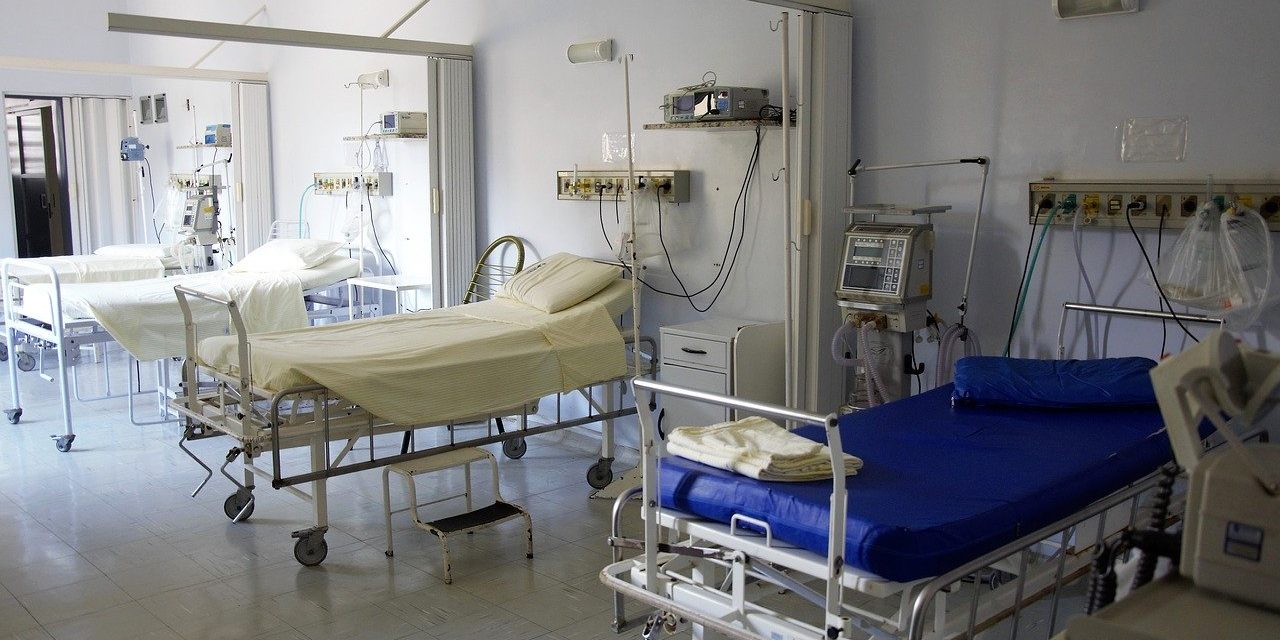COVID-19 has exposed weaknesses in the country’s healthcare infrastructure, from supplies to staffing to bed counts, but issues have been far from uniform across the U.S.
To find out which states were most prepared going into the pandemic, the personal-finance website WalletHub today released its report on the States with the Best Health Infrastructure for Coronavirus, as well as accompanying videos.
To identify which states have the best health infrastructure, WalletHub compared the 50 states across 14 key metrics. Our data set ranges from the state’s Public Health Emergency Preparedness funding per capita to the share of the population that is uninsured and the number of hospital beds per capita. Below, you can see highlights from the report, along with a WalletHub Q&A.
Health Infrastructure in California (1=Best, 25=Avg.):
- 49th – Public Health Emergency Preparedness (PHEP) Funding Per Capita
- 43rd – Public Hospital System Quality
- 12th – Public Healthcare Spending per Capita
- 45th – Number of Hospital Beds per Capita
- 25th – Share of Uninsured Population
- 4th – Epidemiology Workforce per Capita
Q&A with WalletHub
Q: What can states do to improve their health infrastructure in response to the coronavirus?
A: “States can improve their health infrastructure in response to coronavirus by planning for a second wave and by taking matters into their own hands when it comes to providing adequate equipment for healthcare workers and widespread testing for citizens,” said Jill Gonzalez, WalletHub analyst. “One of the best ways to safeguard citizens’ health is by pledging to offer a vaccine for free once one is developed. States should also improve their online healthcare resources to ensure that patients can smoothly communicate with healthcare workers and insurance providers while social distancing.”
Q: While states work on improving their healthcare systems, what can they do to prevent their current infrastructure from being overwhelmed?
A: “In order to prevent their healthcare systems from being overwhelmed, states can turn their current social distancing guidelines into laws that require measures like wearing masks in public and limiting the number of people in an establishment. Minimizing the number of vulnerable individuals who get sick is absolutely critical, which means states must provide accommodations for them in all businesses, such as special hours not open to the public and free deliveries of essential items,” said Jill Gonzalez, WalletHub analyst. “State governments must carefully monitor the number of coronavirus cases as they start to reopen businesses, and should not rush to reopen further if cases start to spike.”
Q: Why does North Dakota have the best health infrastructure during the COVID-19 pandemic?
A: “North Dakota has the best health infrastructure during the COVID-19 pandemic in part because it has some of the strongest online healthcare services in the country, allowing patients to smoothly and securely communicate with doctors and insurance providers remotely,” said Jill Gonzalez, WalletHub analyst. “North Dakota’s public health emergency preparedness funding is one of the highest in the country, which ensures flexibility for the public health department at a time they need it the most.”
For the full report, please click here.
Image Sources
- Hospital beds: Pixaby




![Enrolling Now, Rewarding Careers Ahead [Sponsored]](https://ukenreport.com/wp-content/uploads/2024/04/COD_heroes_1-1385-2-440x264.jpg)


